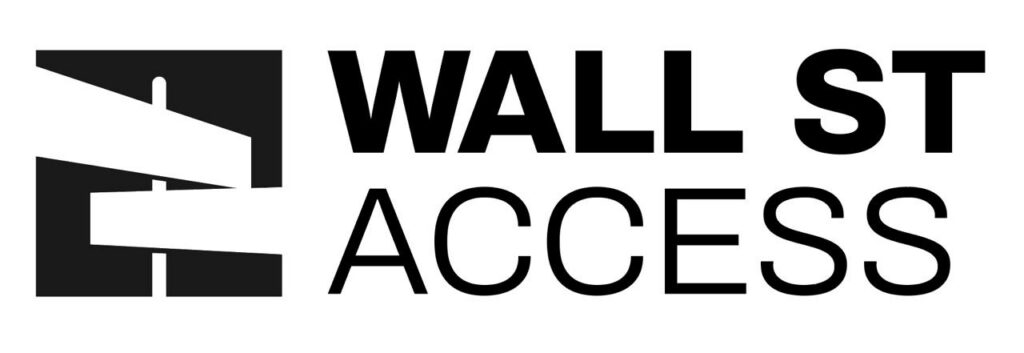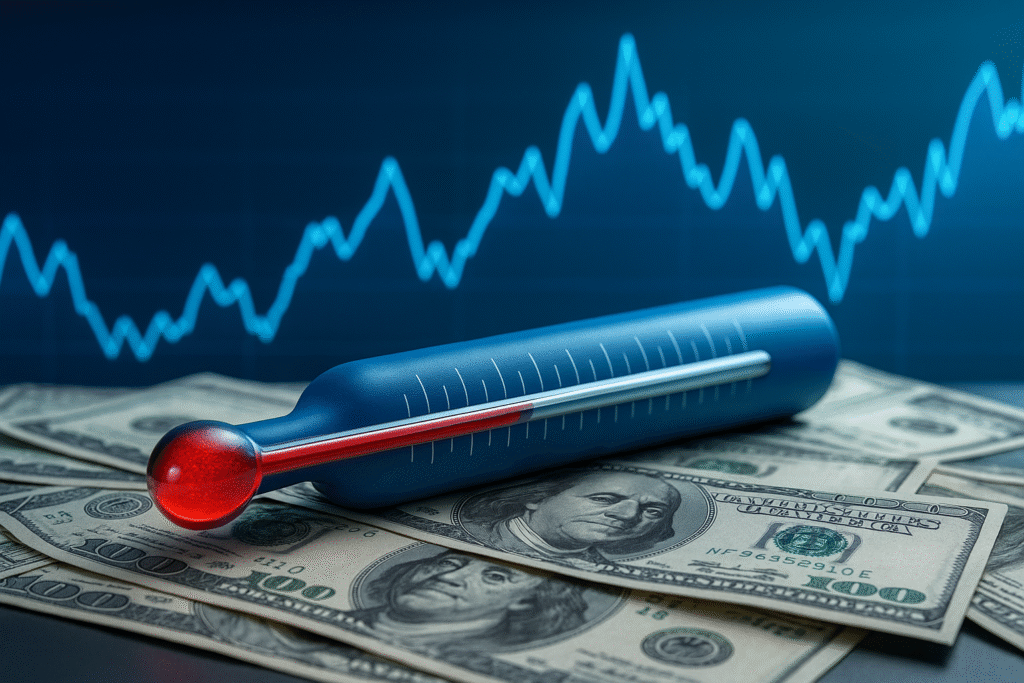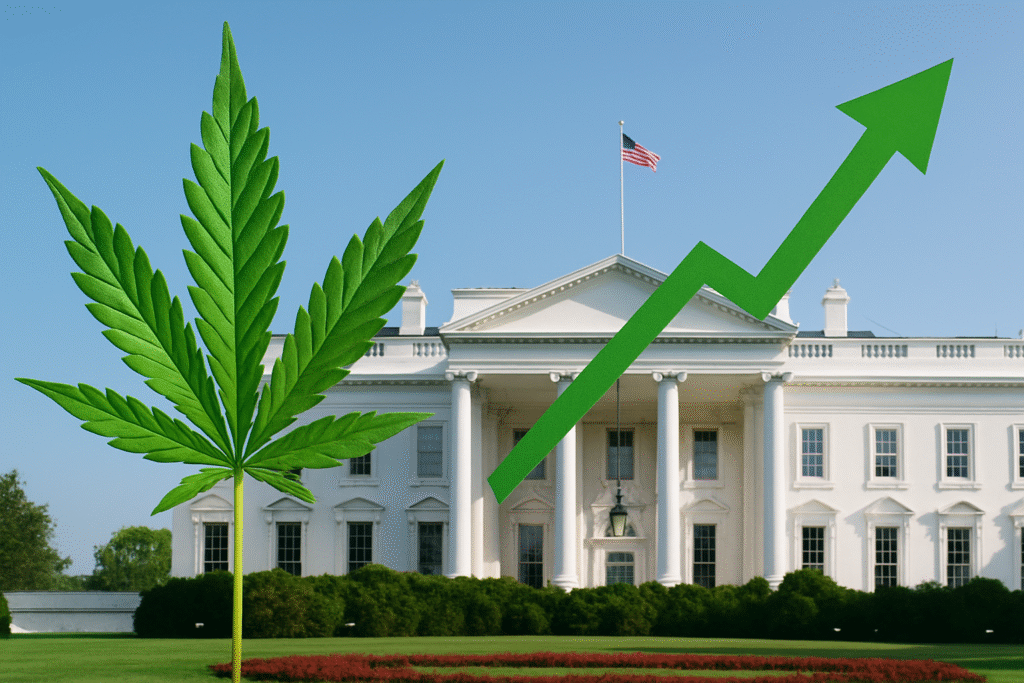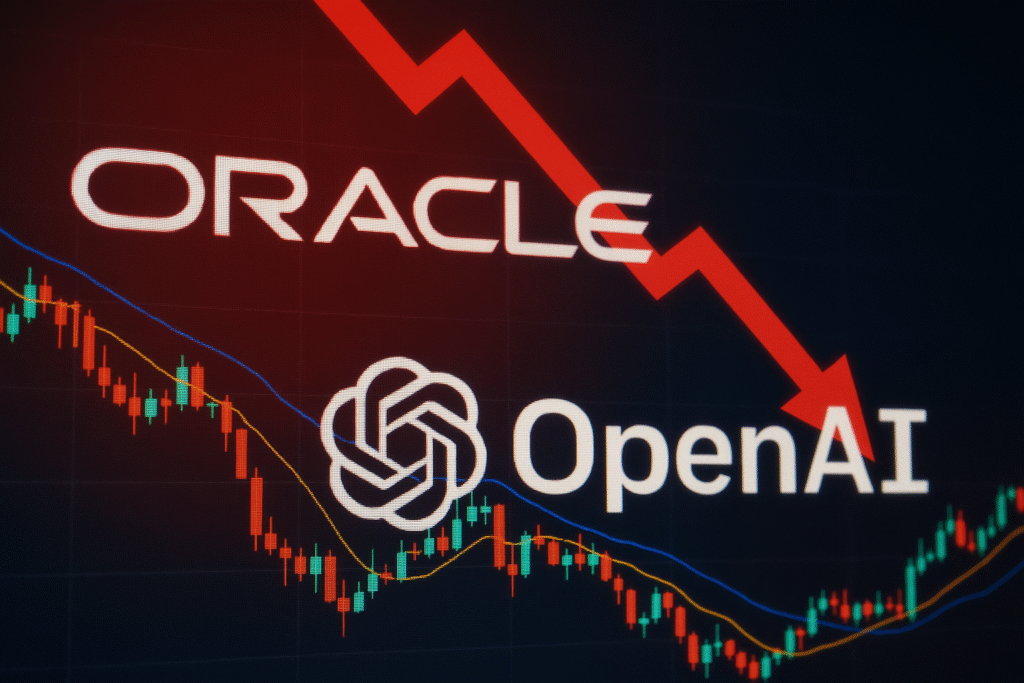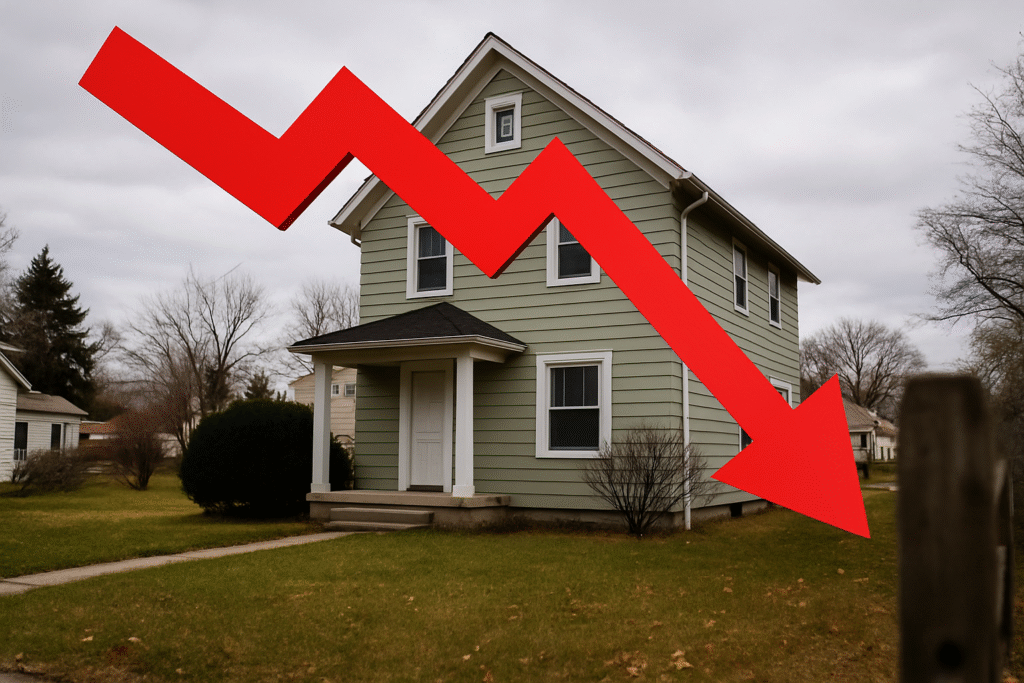A Softer Inflation Print — and a Stronger Case for Cuts
U.S. inflation slowed more than expected in September, giving the Federal Reserve more flexibility to deliver another interest rate cut next week.
The Consumer Price Index (CPI) rose 0.3% month-over-month, bringing annual inflation to 3%, according to Friday’s report from the Bureau of Labor Statistics (BLS). Economists had forecast slightly higher readings of 0.4% and 3.1%, respectively.
Excluding food and energy, core CPI rose 0.2%, bringing its annual pace to 3% — the smallest monthly increase since spring.
The data suggest that inflation pressures are stabilizing, a welcome sign for policymakers after two years of volatility. Market reaction was immediate: stocks advanced, Treasury yields dipped, and futures markets priced in near-certainty of another quarter-point rate cut at next week’s Federal Open Market Committee (FOMC) meeting.
Details Inside the Report
While overall price pressures remained muted, energy and food costs showed mixed trends:
- Gasoline prices jumped 4.1%, the largest single driver of monthly inflation.
- Food rose 0.2%, with year-over-year gains of 3.1%.
- Electricity climbed 5.1% annually, while natural gas surged 11.7%.
Core goods categories painted a different picture:
- Shelter, which makes up roughly one-third of the CPI, rose just 0.2% in September — the smallest increase in months.
- New vehicles were up 0.8%, while used cars and trucks declined 0.4%.
- Apparel, sensitive to tariffs, increased 0.7%.
In short, headline inflation looks contained, though volatility in energy and durable goods remains a wild card heading into winter.
Tariffs, Trade, and Supply Chains
The report offered a rare window into how tariffs and trade policy are filtering into consumer prices.
So far, the impact has been smaller than expected. According to ING’s James Knightley, a “strong substitution effect” is already underway as U.S. companies shift sourcing away from high-tariff regions, softening the inflationary blow.
That’s allowed firms to absorb price pressures and keep consumer costs relatively steady — though economists warn this could change if global supply chains tighten further.
A CPI Release Amid a Shutdown
The inflation report is the only federal data release permitted during the ongoing government shutdown, as the Social Security Administration relies on it to determine cost-of-living adjustments (COLA) for benefit payments.
Aside from that exception, nearly all other economic data — from retail sales to jobs — remains suspended until Congress resolves the budget impasse.
That makes this CPI print the last major input before the Fed meets next week, giving policymakers limited visibility into the broader economy.
What’s Next for the Fed
The Federal Reserve targets 2% inflation, a level last seen in early 2021. With inflation trending lower and growth data temporarily unavailable, the central bank is widely expected to cut rates again to support the labor market and credit conditions.
Markets are now pricing in:
- A 25-basis-point cut at next week’s meeting,
- Another cut possible in December, and
- Uncertainty beyond that, as the Fed balances inflation risks with signs of cooling hiring.
Fed Chair Jerome Powell has struck a cautious tone in recent speeches, noting that while inflation progress is encouraging, persistent energy shocks and tariff risks remain in play.
WSA Take
This latest inflation report gives the Fed a green light to keep easing — and markets are responding in kind.
With core prices steady, shelter costs softening, and consumer inflation trending back toward target, the data reinforces the view that the U.S. economy has entered a controlled disinflation phase, not a collapse.
However, the road ahead remains fragile. Energy volatility and unresolved tariff disputes could still reverse progress if global prices spike again.
Still, this softer CPI print fits neatly into the trend we covered in our recent Apple manufacturing report, where supply chain realignment and domestic production — from tech to energy — are beginning to show up in inflation data.
Read our latest coverage on Apple’s U.S.-made AI servers.
Explore more breaking insights on the Wall Street Access homepage.
Disclaimer
Wall Street Access does not work with or receive compensation from any public companies mentioned. Content is for informational and educational purposes only.
